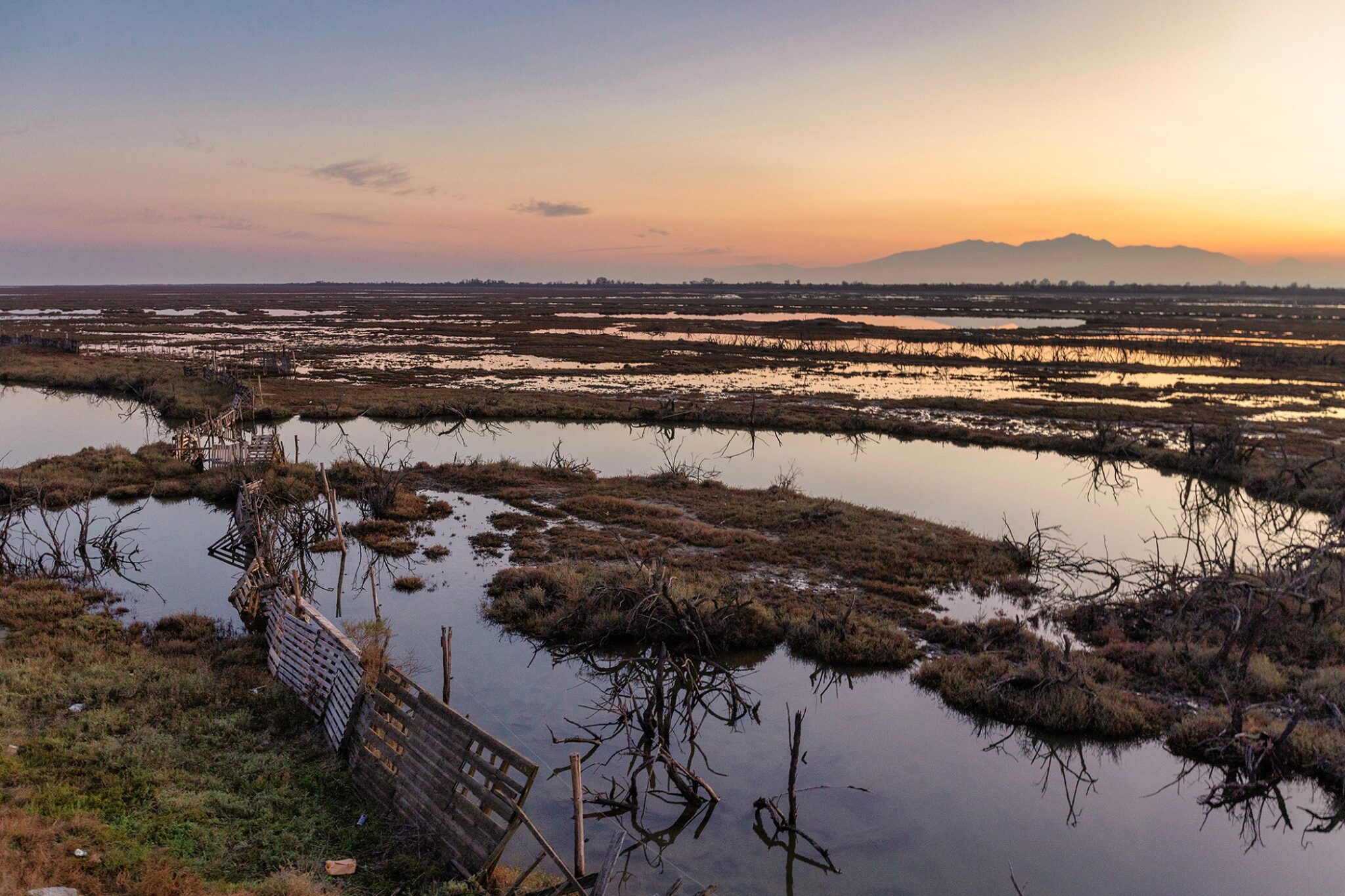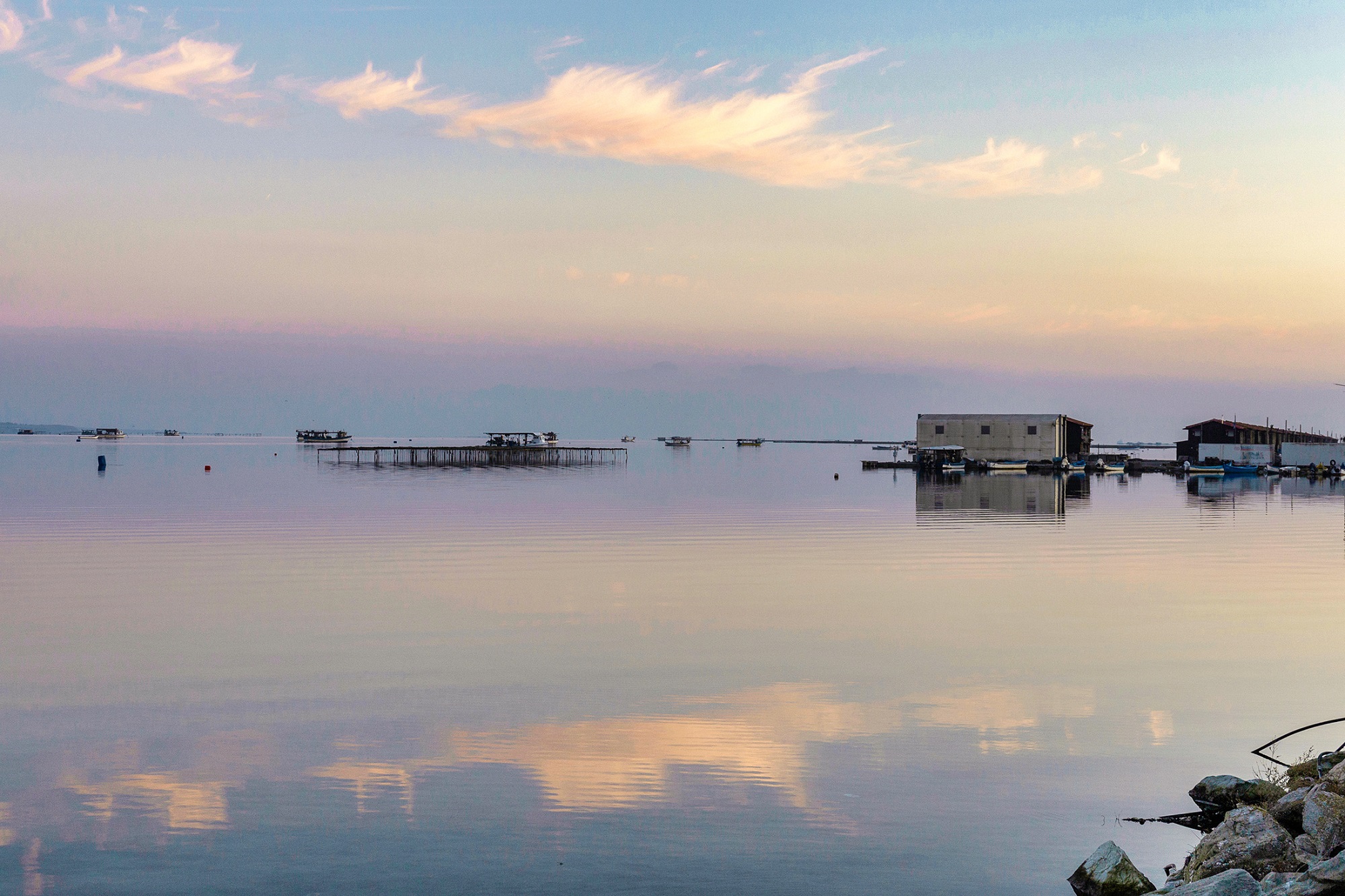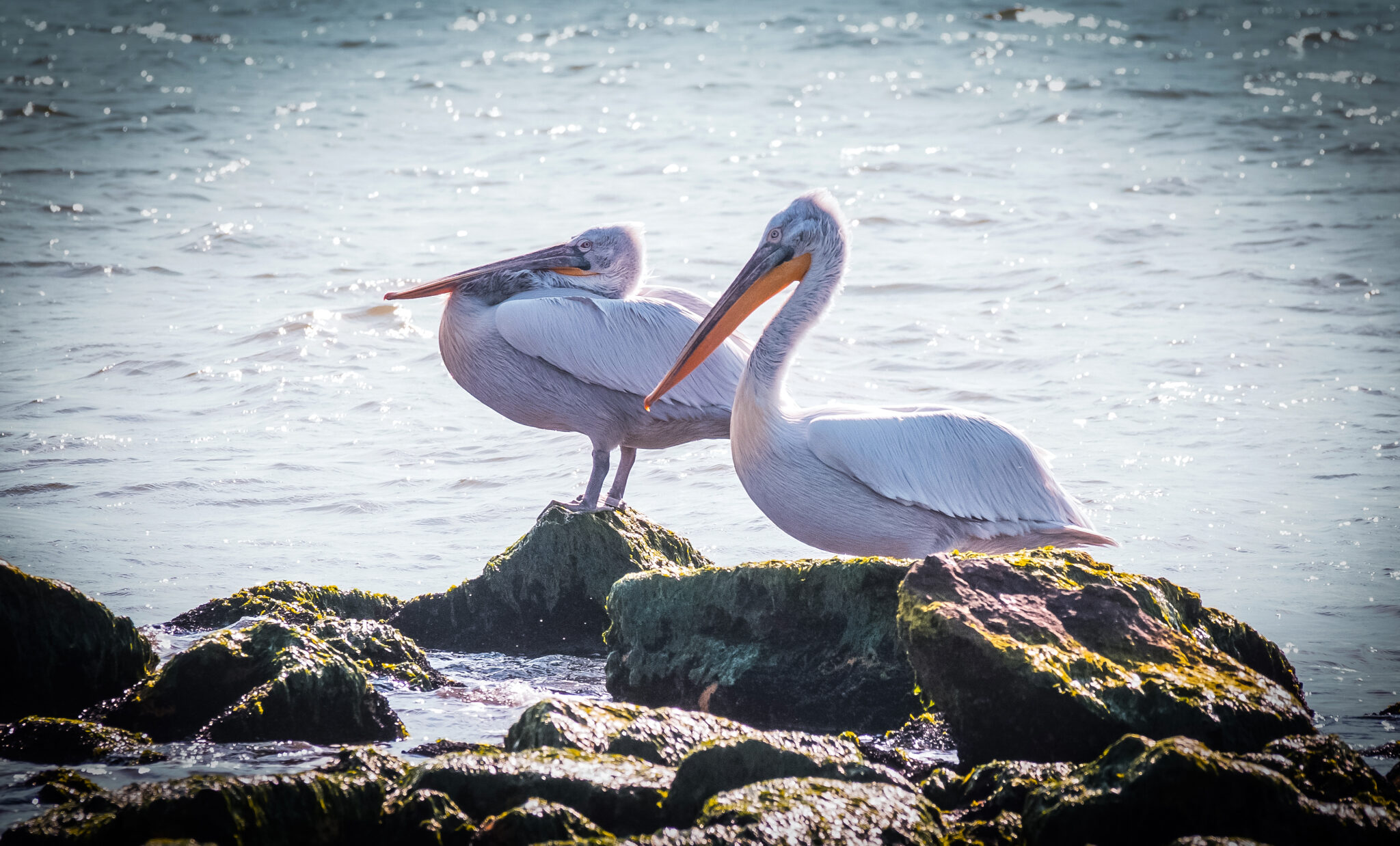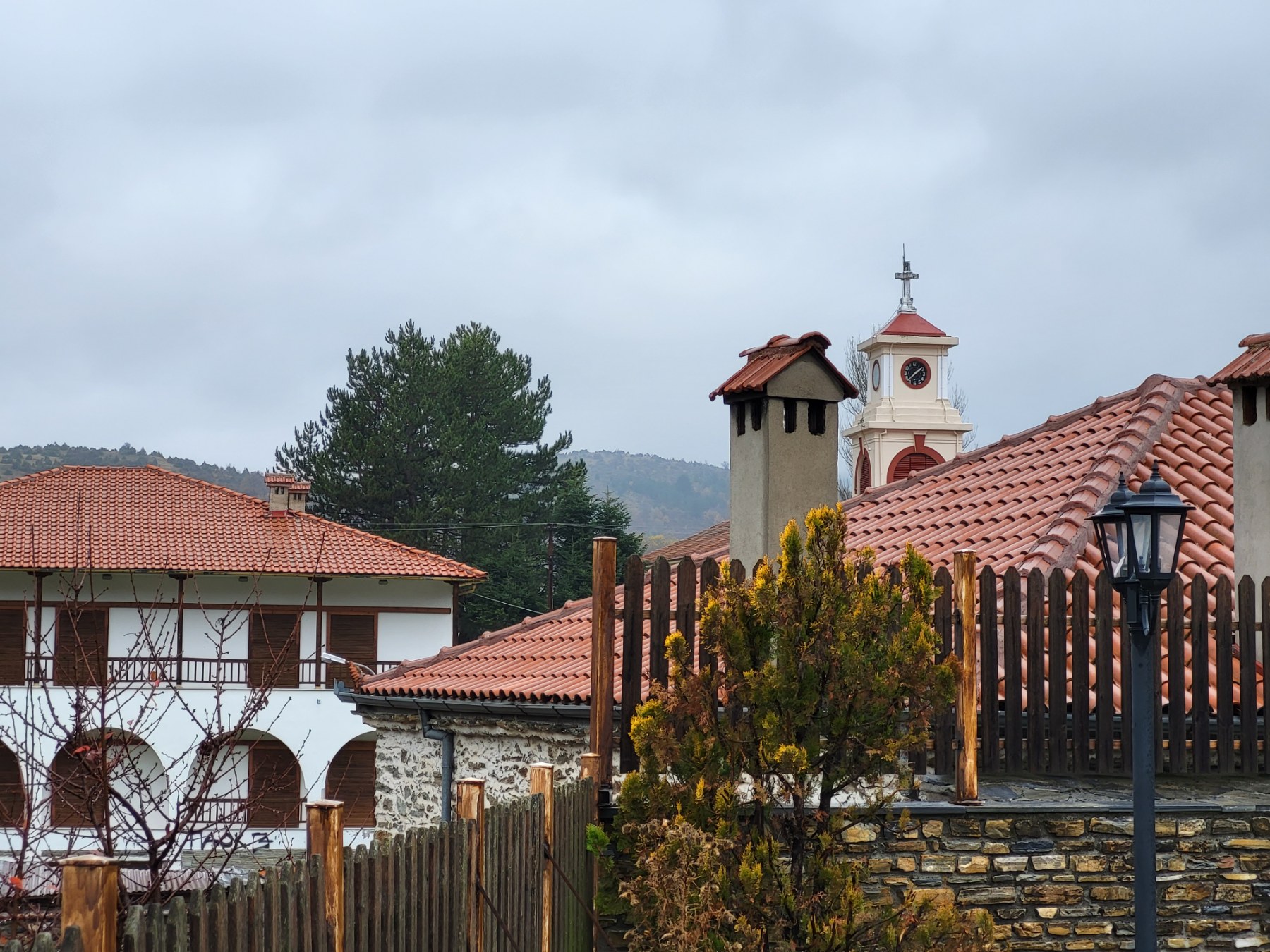The Axios River is a major waterway in Southeast Europe, spanning a distance of 380 kilometers. It originates in the mountains on the border between Albania and Kosovo and flows through the Skopje valley in the Republic of North Macedonia before emptying into the Thermaic Gulf in Greece, where it forms a grand river delta.
The “Delta of Axios”, however, refers not only to this delta at the river’s mouth, but also to the broader wetland area that extends from Kilkis to Pella, Pieria, and Halkidiki. This region is home to a vast national park located just outside of the vibrant city of Thessaloniki.
The area of this park is estimated to cover around 338,000 hectares, which have been under international protection since 1971 under the provisions of the Ramsar Convention. In recent years, protection of the area has been further re-inforced, with the region being included in the Natura 2000 network.
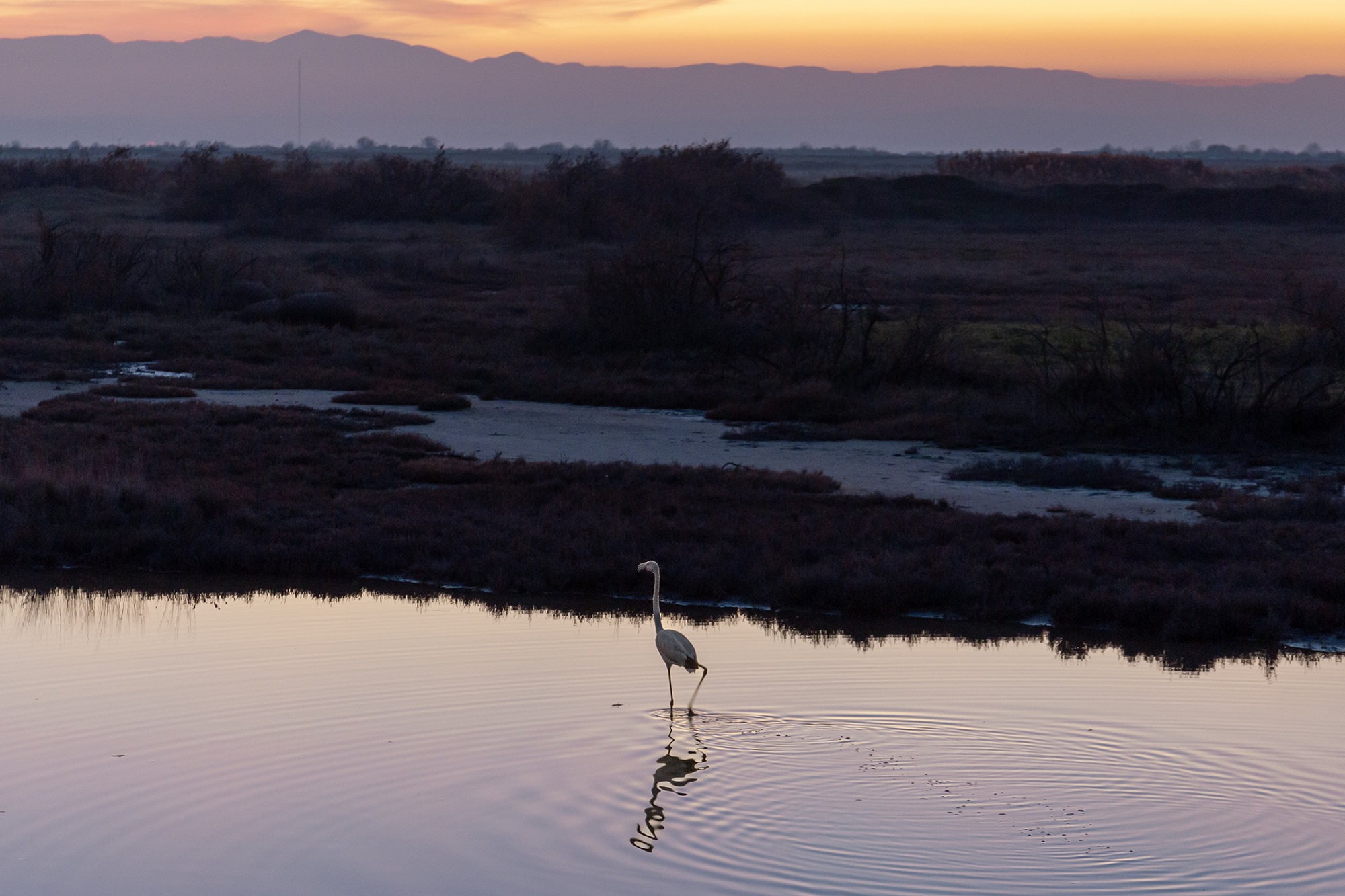
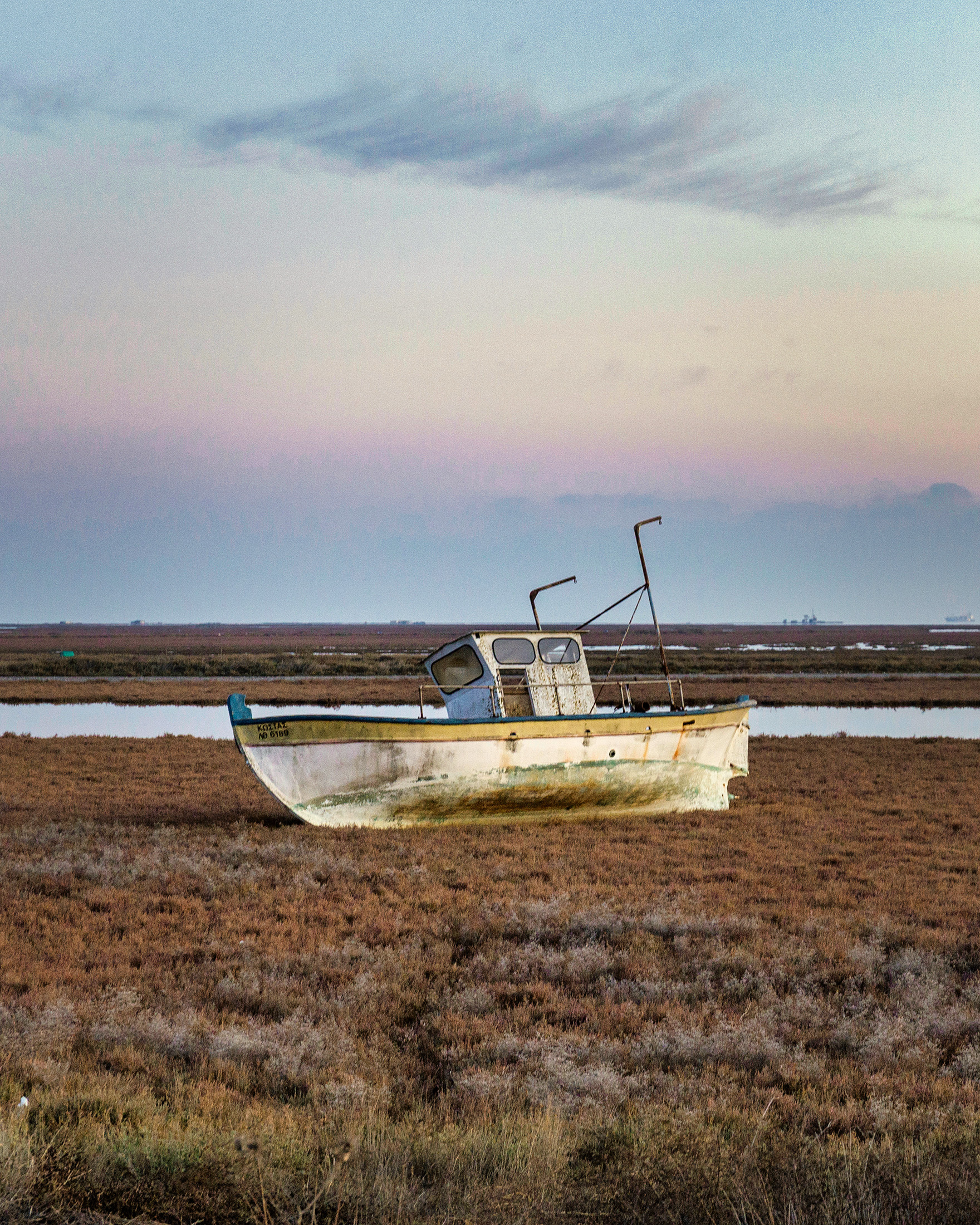
In addition to the Delta of Axios, the park consists of the Delta of Aliakmonas, the outlets of the Gallikos and Louros rivers, the Kalochori lagoon, the wetland of Nea Agathoupoli, and the wetlands of Aliki Kitrous. In total, this is the largest estuarine system in Greece.
The Delta of Axios is a stunning wetland of international importance.
Upon arriving for the first time at this swampy marshland it strikes you how serene and beautiful this area, so close to the bustling city of Thessaloniki is. It’s no wonder that many refer to it as the “New Orleans of Greece,” although this characterization may be deemed excessive. The vast expanse of the delta, with its seemingly endless horizon, is dominated by the hues of nature, with human presence appearing either scarce or carefully placed. This is precisely what makes the Delta of Axios so special.
But the Delta of Axios is much more than just a beautiful landscape. It is a wetland that is considered one of the most significant in Europe, for its ornithology. The vegetation may appear typical for this kind of habitat (such as reeds, willows, rushes, scrub, lagoons, etc.), but the real riches of this area are found in the numerous bird populations that use it as a permanent or temporary habitat.
It is important to note, the Delta of Axios is located along one of Europe’s most important migratory routes. The National Park is home to approximately 300 bird species, 106 of which are known to nest in the area. This makes it a popular destination for birdwatchers, particularly during the winter months, as it offers the opportunity to see rare species that are rarely found in Greece. Some of the most commonly sighted birds in the Delta of Axios include flamingos, spoonbills, glossy ibis, grey herons, storks, cormorants, larks, and reed warblers.
There are a diverse range of fish species, which plays a key role in the ecosystem as it allows for the coexistence of both freshwater and saltwater fish, coming from all across the North Aegean to reproduce. The permanent residents include species such as mullet, golden shad, sea bass, and the elusive twait shad (Alosa fallax). The banks of the water are also home to various amphibians, such as the rare pelobates (spadefoot frog), as well as reptiles including vipers.
It is also home for large mammals wild cats, wild horses, and even wolves (higher up, of course). In the outflows of the Gallicos river, specifically, you can find water buffaloes. It is noteworthy that the international character of the Delta Axiou today has also been influenced by some human activity. In contrast to typical exploitative and destructive actions, the major reclamation projects carried out in the first quarter of the 20th century (and continuing in subsequent years) had a positive impact on the formation of the wetland, despite claims that they reduced its size by up to 70% in certain areas.
Additionally, projects like these allowed for the development of rice paddies, salt marshes, and lagoons for agricultural use, which continue to dominate the Delta Axiou and provide valuable income for the local economy. Along with fishing, the cultivation of mussels also plays a significant role, accounting for 80-90% of total production in Greece. Based on these foundations, the National Park was established in 2009.
How to get to the Delta Axiou
As we mentioned earlier, accessing the Delta Axiou is very easy from Thessaloniki, which is only 10 kilometers away. You will travel from the city center towards the western coasts of Thermaikos, but since the area is quite large, it is recommended to set Chalastra district as your starting point: it is located 21 kilometers north, which you can expect to drive in about 20 minutes. There you will find the Information Center of the Delta Axiou National Park, where you can find maps and people who will provide you with all the information you need. Even if you are well prepared, it is still good to have someone with you who knows the area or alternatively have a GPS. This is because, practically, we are talking about a labyrinth of relatively difficult dirt roads that are intertwined with the rivers or vertically in them, reaching the highest points of the hills. In any case, do not worry, as the route to the Delta is signposted and there are several points where you can stop for coffee or lunch. Finally, we should note that the Delta Axiou is accessible all year round, but the best time to visit is from mid-March to mid-November.
Read also
Porto Lagos: A Village in Xanthi with Flamingos and a Floating Monastery
Electric Blue Wonders: Kastelorizo’s ‘Galazia Spilia’ in the South Aegean



